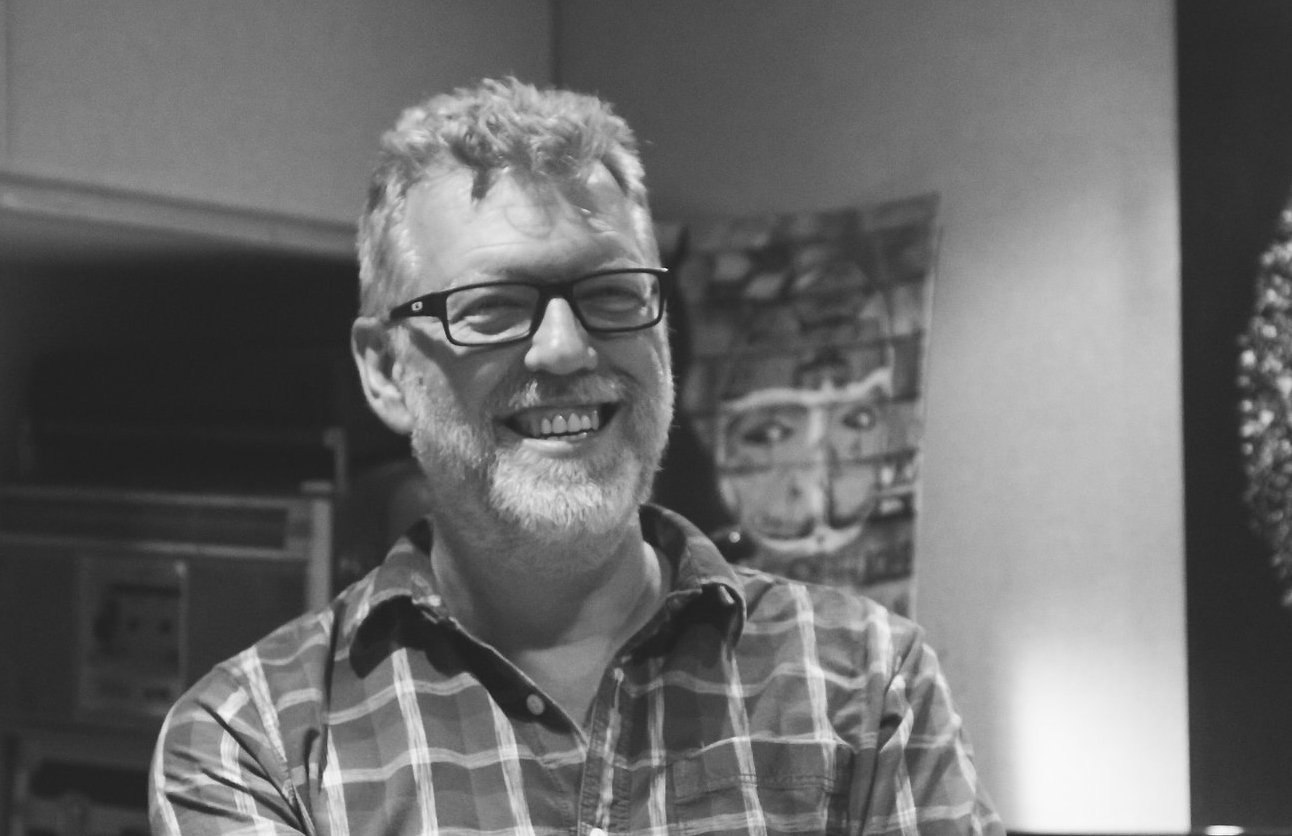Alan Branch (The Cure, Depeche Mode, Blur)
Alan Branch is a Grammy-winning mixer and producer based in London. He’s worked with a wide array of world-renowned artists including U2, Jeff Beck, Sinead O'Connor, Nine Inch Nails, Boy George, Primal Scream, Sade, and The Cure. Amongst other notable credits Branch mixed Asian Dub Foundation’s 1000 Mirrors, remixed Depeche Mode’s Barrel of a Gun, produced Atari Teenage Riot’s Delete Yourself, and was an engineer and mixer on Blur’s 1997 self-titled album.
Tell us about your current studio setup.
Over the years, I’ve collected a variety of analog and digital equipment. I use a tried and trusted selection of speakers, from Harbeth, PMC, and Genlecs, to small radio-style monotone speakers.
DAWs I use regularly are Pro Tools, Logic Pro X, Studio One and Ableton Live. I have invested in a vast collection of audio processing plugins including Acustica, Waves, Celomony, UAD, FabFilter, Antares, Softube, IZotope, Native Instruments and Spitfire.
I am a Waves featured artist and help design, test, and make presets for new cutting-edge audio tools. I also have some rare collectible audio hardware from the likes of Neve and a rather special hand-built and wired Chiswick Reach Valve compressor.
Having worked on so many songs over the past few years, how do you stay fresh and excited about making music these days?
Oh gosh, it’s not hard for me. Every mixing job is exciting, it’s what I love to do. It’s a real art form that has grown and grown. I am constantly trying to push the envelop and look for originality and groundbreaking methods in a mix project whilst achieving the best possible sonic environment.
How do you typically approach the mixing of a song.
No song is the same, and although there are workflows and good mix practices, each track is more or less bespoke.
My speakers are calibrated, and I have mixed hundreds of tracks, so I know the frequency response I'm after for the particular genre. I speak at length with the artist and the producer or record label to get an accurate picture of how they would like the track to sound.
Sometimes they have specific requirements, or they simply want it to sound great.
There are elements of the track to identify: hooks, vocals, structure, and so on. The mixing process has to take shape for each of these sections. Often it's around the rhythm and instrumental parts of the song combined with the vocal treatment and melody to take the listener on a journey from the intro to the end, each part playing a vital role.
However, the small underlying treatments and careful positioning build the three-dimensional picture of a mix for it to achieve perspective, width, and bold dynamics, making all the hook parts work effortlessly.
I also check with careful metering ensuring the dynamic level, phase, and frequencies are within custom limits. I have a collection of A/B test mixes I use through a custom A/B switcher workflow. It's essential to use these carefully, whether it's checking the HF content, the style of vocal treatment, or general frequency response.
For the mixing process to reach fruition, it is really just a case of checking and re-checking, but if you overdo things, it can make a mix flat and lifeless. So you have to hold onto the raw roots of the song's creator, then try to display it in the best possible way.

